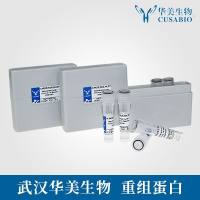There has been a recent explosion in research concerning novel bioactive sphingolipids (SPLs) such as ceramide (Cer), sphingosine (Sph), and sphingosine 1-phosphate (Sph-1P) and this has necessitated the development of accurate and user-friendly methodology for analyzing and quantitating the endogenous levels of these molecules. ESI/MS/MS methodology provides a universal tool used for detecting and monitoring changes in SPL levels and composition from biological materials. Simultaneous ESI/MS/MS analysis of sphingoid bases (SBs), sphingoid base 1-phosphates (SB-1Ps), ceramides (Cers), ceramide 1-phosphates (Cer-1P), glucosyl/galactosyl-ceramides (Glu-Cers), and sphingomyelins (SMs) is performed on a Thermo Fisher Scientific triple quadrupole mass spectrometer operating in a multiple reaction monitoring (MRM) positive ionization mode. Biological materials (cells, tissues, or physiological fluids) are fortified with internal standards (ISs), extracted into a one-phase neutral organic solvent system, and analyzed by a LC/MS/MS system. Qualitative analysis (identification) of SPLs is performed by a Parent Ion scan of a common fragment ion characteristic for a particular class of SPLs. Quantitative analysis is based on calibration curves generated by spiking an artificial matrix with known amounts of target analyte, synthetic standards, and an equal amount of IS. The calibration curves are constructed by plotting the peak area ratios of analyte to the respective IS against concentration, using a linear regression model. This robust analytical procedure can determine the composition of endogenous sphingolipids (ESPLs) in varied biological materials and achieve a detection limit of subpicomole level. This methodology constitutes a “Lipidomic” approach to study the SPLs metabolism, defining a function of distinct subspecies of individual bioactive SPL classes.






